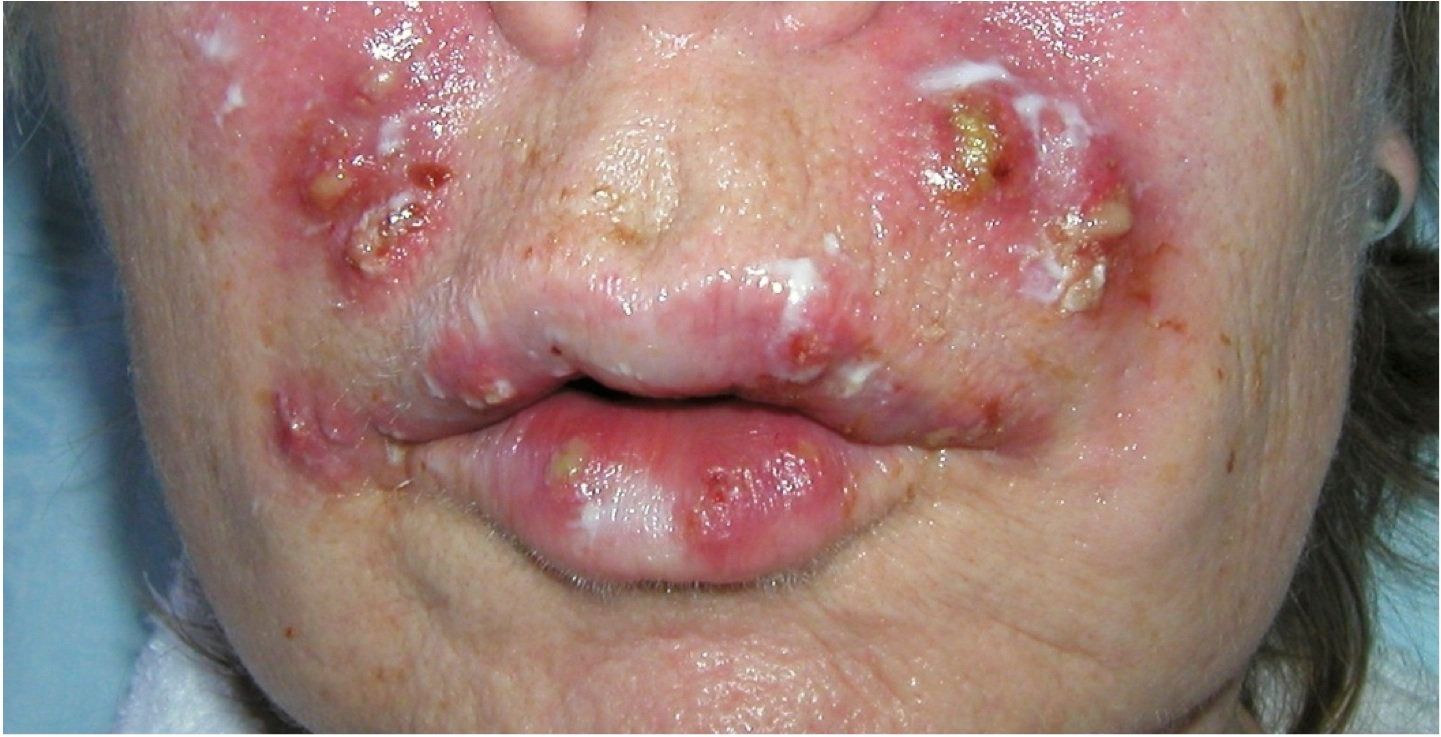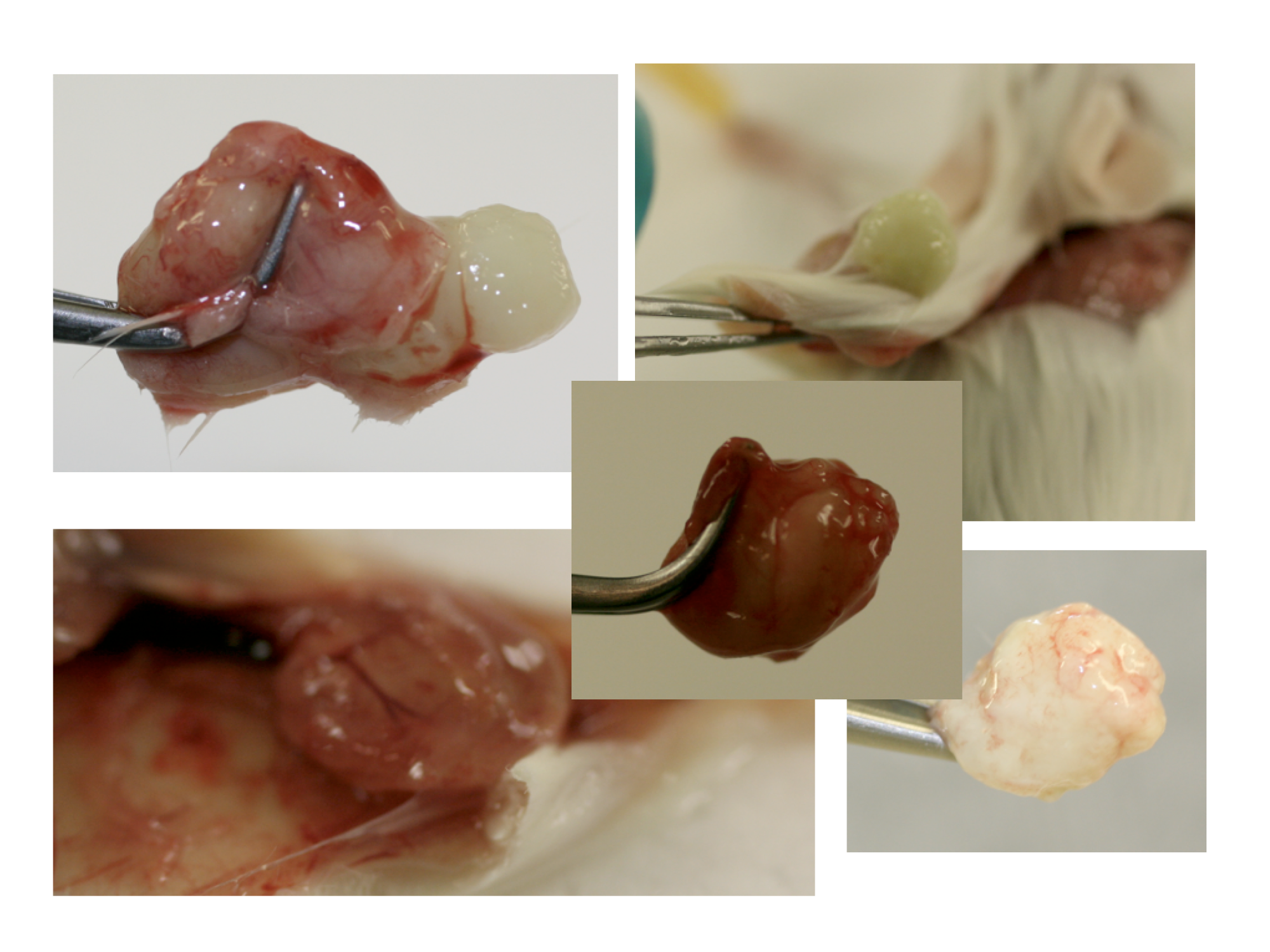- General Dermatology
- Eczema
- Chronic Hand Eczema
- Alopecia
- Aesthetics
- Vitiligo
- COVID-19
- Actinic Keratosis
- Precision Medicine and Biologics
- Rare Disease
- Wound Care
- Rosacea
- Psoriasis
- Psoriatic Arthritis
- Atopic Dermatitis
- Melasma
- NP and PA
- Skin Cancer
- Hidradenitis Suppurativa
- Drug Watch
- Pigmentary Disorders
- Acne
- Pediatric Dermatology
- Practice Management
- Prurigo Nodularis
Article
Subcutaneous bumps a bacterial consequence of fillers
Fillers injected to enhance beauty have an ugly side effect, which is tricky - at best - to prevent and treat, according to a study published recently.
Copenhagen, Denmark - Fillers injected to enhance beauty have an ugly side effect, which is tricky - at best - to prevent and treat, according to a study published recently.
In the study, published online Feb. 18 in Pathogens and Disease, researchers at the University of Copenhagen used a mouse model to learn more about how and why subcutaneous lumps sometimes form at the injection site, immediately or even years after injections with popular filler products. These bumps can be hard to treat and many physicians treat them incorrectly, leading to lesions that do not heal, says senior author Thomas Bjarnsholt, D.Med.Sc., Ph.D., professor, department of international health, immunology and microbiology at the university.
The study confirms what previous researchers have found, that the unsightly bumps are caused by bacteria injected in connection with the cosmetic procedure.

Adverse reactions to tissue fillers can be seen as swellings or nodules. The patient seen here is shown after four days of steroid treatment (Photos: Thomas Bjarnsholt, D.Med.Sc., Ph.D.)
“Because a lot of cosmetic practitioners refuse to accept that side effects from filler procedures are caused by bacteria, claiming that such problems are caused by allergic reactions, the usual procedure has been to treat with steroids. Steroids interfere (with) and inhibit the immune response, enabling the bacteria to multiply even further,” he says. “Fortunately, many of the filler producers have now become aware of the risk of bacteria and recognize that the gel can act as a bacterial incubator.”
Examining adverse events
The researchers studied three different gels: a polyacrylamide hydrogel permanent filler (Aquamid, Contura International); a semi-permanent calcium hydroxylapatite filler (Radiesse, Merz Aesthetics); and a temporary hyaluronic acid filler (Restylane, Medicis). They cultured Pseudomonas aeruginosa, Staphylococcus epidermidis and Propionibacterium acnes in all three gels.
“In general, the frequency of adverse events is highest with the permanent fillers and less with the temporary ones,” Dr. Bjarnsholt says. “That fits with our data showing that the temporary fillers had the least sustainment of bacteria. However, one should note that the temporary fillers need to be injected very often and, therefore, the risk of adverse events increases.”
They mimicked the injection of tissue fillers in mice by injecting the fillers under the skin, at the neck.
“We injected both contaminated fillers and clean fillers, but with contaminated needles. … As few as 10 bacteria were enough to give the same adverse events as observed in humans. We could not detect any adverse events without bacteria,” he says.
Next: Infection treatment options
Good news, bad news
When they looked at how best to treat the infection, researchers found good and bad news. The bad news: Once the bacteria had settled into biofilms within the gels, even successive treatments with high concentrations of antibiotics didn’t help. They were able, however, to prevent bacteria from forming on the biofilms with prophylactic antibiotics. They injected antibiotics with the fillers during the cosmetic treatments.
Dermatologists can apply the knowledge to practice with vigilance, Dr. Bjarnsholt says.
Infected tissue filler seven days after injection in mice. The filler was contaminated with only 10 bacteria resulting in more than 10 million bacteria after seven days
The data suggest that bacteria comes from the skin and that these bacteria are impossible to avoid completely - even with good hygiene. A very high standard of hygiene is of utmost importance, though, to minimize such adverse events. Use of makeup prior to injections is very risky in terms of infections since bacteria have a nice habitat in makeup, according to the author.
To prevent such infections, the authors recommend a strict aseptic injection technique, thorough skin decontamination and proper antibiotic prophylaxis.
“That care has to be taken no matter what you inject,” Dr. Bjarnsholt says. “There is a risk every time you inject (a) foreign material.”
Researchers estimate bacterial infections occur every one in 100 to one in 1,000 treatments, depending on the type of filler, according to a news release on the study.
Disclosures: Dr. Bjarnsholt reports no relevant financial interests.






